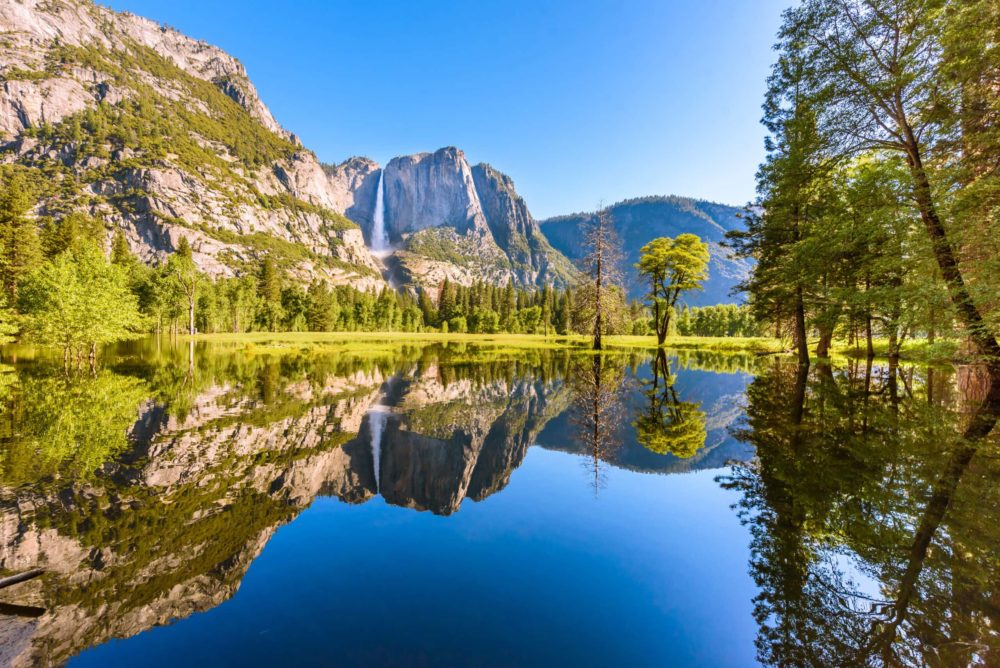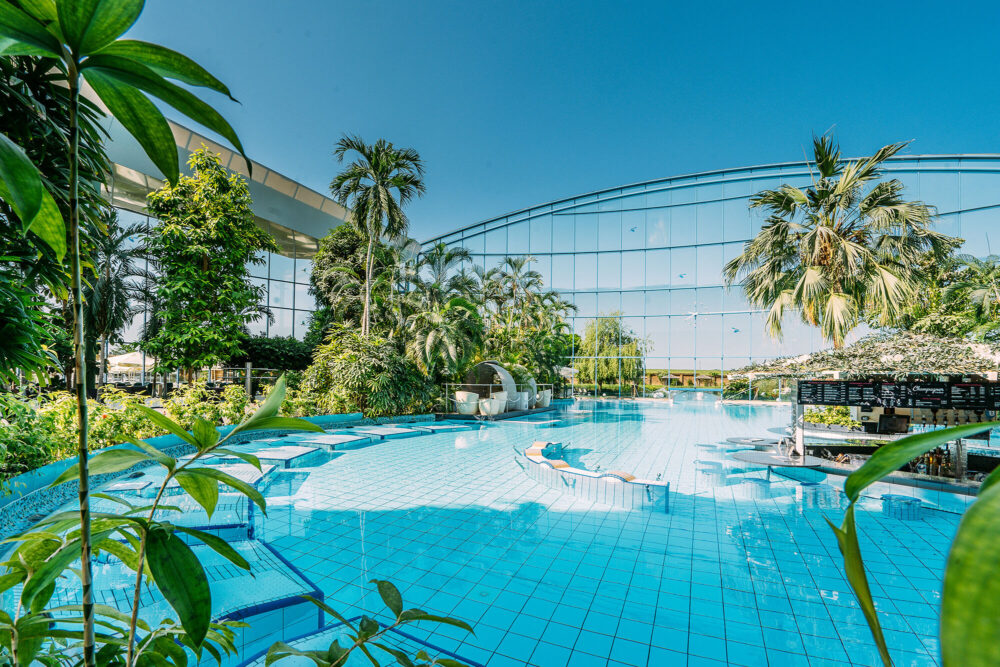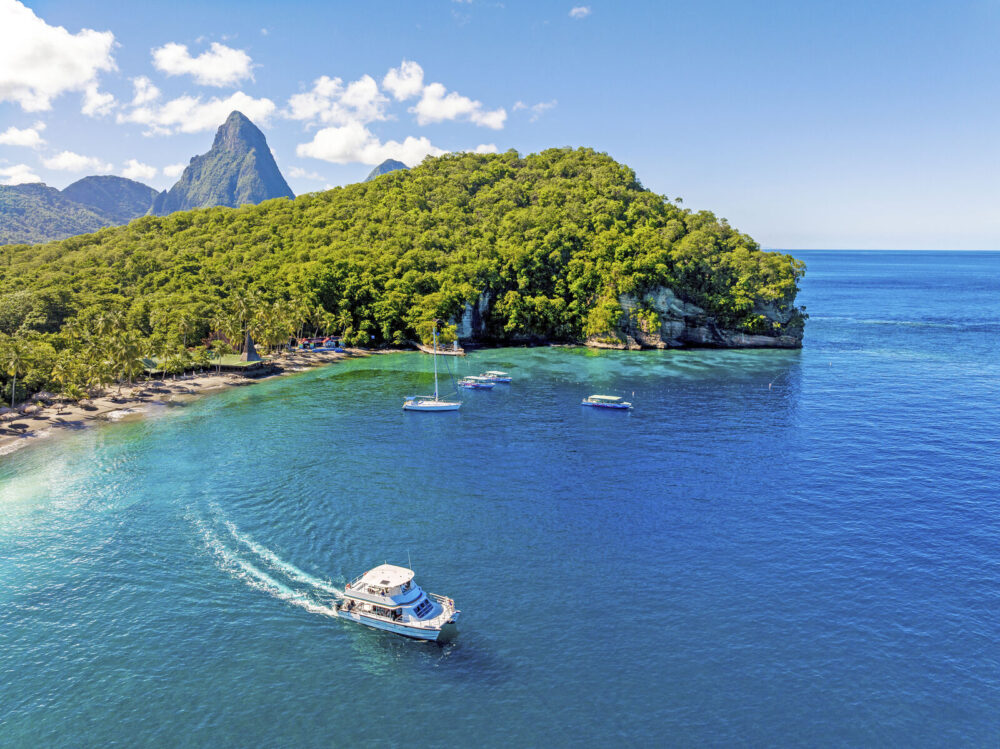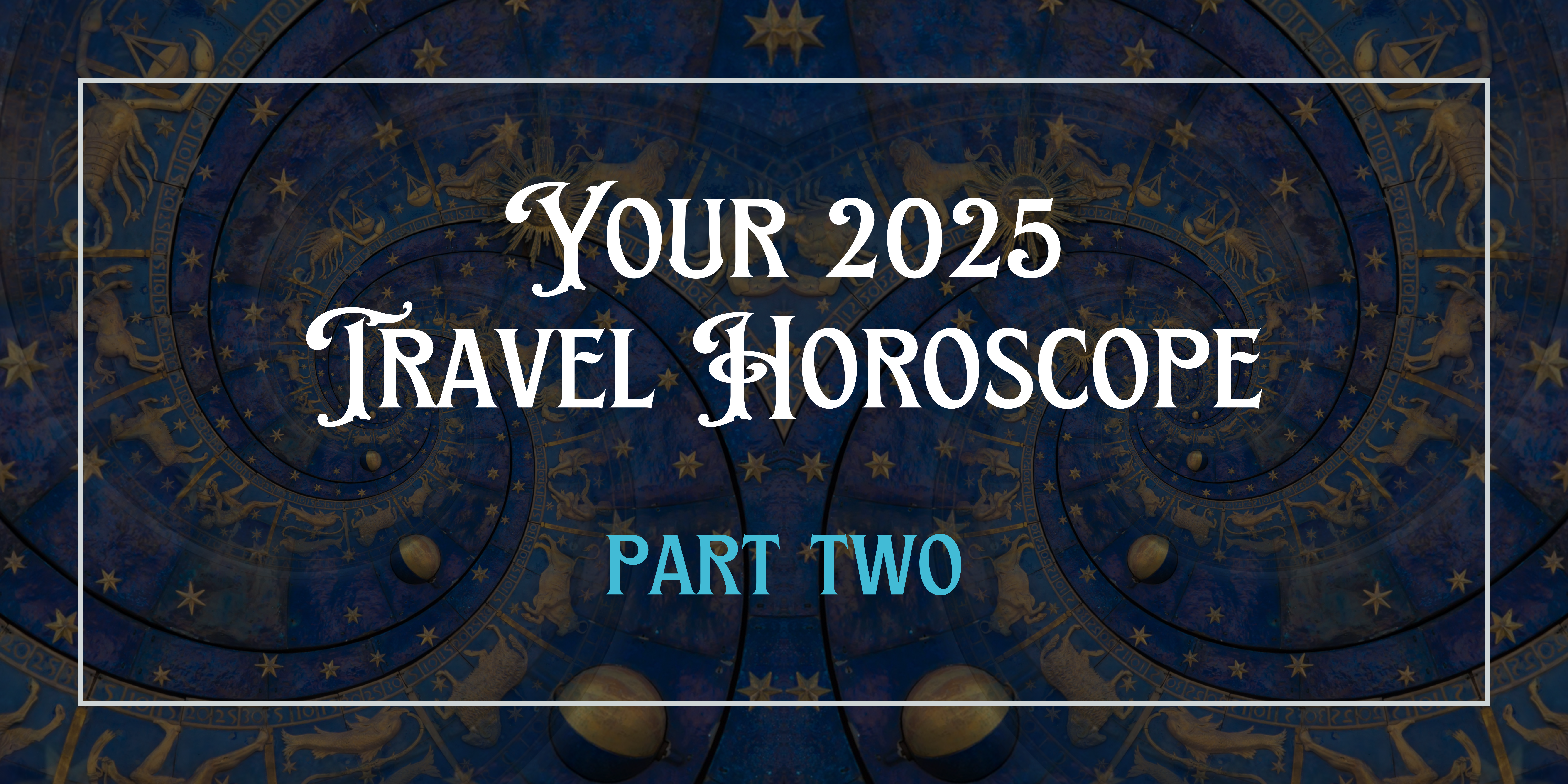Yosemite National Park is one of America’s most revered wilderness sanctuaries. From the Yosemite Valley to the giant sequoias of Mariposa Grove, awesome scenic overlooks, and waterfalls everywhere, the sheer beauty of the Park can be as staggering as its size: 1,200 square miles of breathtaking natural terrain.
This Yosemite First-Timer itinerary packages the Park’s must-see places and areas for newcomers to enjoy!

DAY 1: YOSEMITE VALLEY & GLACIER POINT
Yosemite Valley, in the heart of the Park is the best place to start the ultimate trip to Yosemite Mariposa. Enter the Valley via the Wawona Tunnel and take a moment to stop at Tunnel View, where El Capitan, Half Dome, Clouds’ Rest and Bridalveil Fall fill the horizon. Following these awe-inspiring views it’s time to feel the cooling mist of one of Yosemite’s signature attractions: waterfalls. Drop into the Valley and take a short morning hike to the base of Bridalveil Fall, one of the most accessible big falls in Yosemite. This is the grand waterfall that visitors see from Tunnel View.
Continue on Southside Drive and loop around the valley to Northside Drive for another short hike to Lower Yosemite Fall. Those who are up for a challenge can hike to North America’s tallest waterfall on an 7.5-mile round trip to Upper Yosemite Falls. It is a full-day trail that climbs nearly 2,500 vertical feet up the waterfall’s plummeting path.
After a morning of Valley majesty, break for lunch at one of the cafes and restaurants in Curry Village. The afternoon holds more aquatic and geologic splendour with hiking options including the famous Mist Trail to Vernal and Nevada Falls and the classic Mirror Lake Trail for up-close Half Dome views.
If the weather’s better suited for an afternoon indoors, check out the Ansel Adams Gallery, a treasure box of the famed photographer’s iconic Yosemite works.

DAY 2: WAWONA AND MARIPOSA GROVE
On day two, head to Southern Yosemite to Wawona. Located five miles from Yosemite National Park’s South Entrance and set in a forested hollow at 4,000 feet , Wawona inspires a peaceful, easy feeling. Here, visitors can hike, swim, play golf and immerse themselves into Yosemite history.
Stay in throwback mode and have lunch at the Wawona Hotel Dining Room (open March through November and over the Christmas holiday weeks). It’s a true Yosemite treasure with hearty fare served in a Victorian-era dining room with authentic ambiance. The Wawona Hotel is a historic gem and leading lodging venue in Southern Yosemite.
Near Wawona and next to Yosemite’s South Gate is one of Yosemite’s most awe-inspiring attractions: the Mariposa Grove of Giant Sequoias. Here visitors will discover more than 500 mature giant sequoia trees reaching skyward, some more than 3,000 years old and among the oldest living things on Earth. Check in to the Mariposa Grove Welcome Plaza for maps, information and a store with Yosemite National Park souvenirs and merch.
As the sun sets on a perfect second act, Southern Yosemite dining options include the aforementioned Wawona Hotel Dining Room and the assortment of restaurants at Tenaya at Yosemite, just a few miles down Highway 41. Tenaya is also one of the Sierra Nevada’s top family resorts and an excellent lodging choice.

DAY 3: TIOGA ROAD
Tioga Road (Highway 120) offers jaw-dropping vistas of Northern Yosemite. There’s Olmsted Point, a large scenic overlook offering a distinct perspective to Yosemite Valley below, framing the backside of Half Dome. Tenaya Lake is the largest lake in Yosemite National Park and is an idyllic Sierra bowl with swimming, kayaking and picnicking opportunities.
Continue to Tuolumne Meadows for one of the Sierra’s largest subalpine meadows and amenities including a Visitor Center, lodge and café. For those wanting to stretch their legs, Lembert Dome is a short path that can be found along the Tioga Road. From the top of the dome, hikers can take in all of Tuolumne Meadows below.

CAN’T MISS GATEWAY GEMS
Three days is the perfect amount of time to cover most of the Park’s greatest hits. Before and after, there are a few must-see places in Yosemite’s gateway towns of Mariposa and Coulterville. These towns are laced with California history, small-town swagger, hip independent merchants and great dining.
Astride the crossroads of Highways 49 and 140, Mariposa has Gold Rush grit running through it. It’s a jewel box lined with antique and boutique shopping, foodie-fired restaurants, tasting rooms and convivial bars as well as art galleries. Just to the east on the John Muir Highway (132) at Coulterville, Bay Area-bound travellers can pull over for a perfect getaway lunch at the Coulter Café and soak in some of this tiny but mighty town’s bohemian vibes.
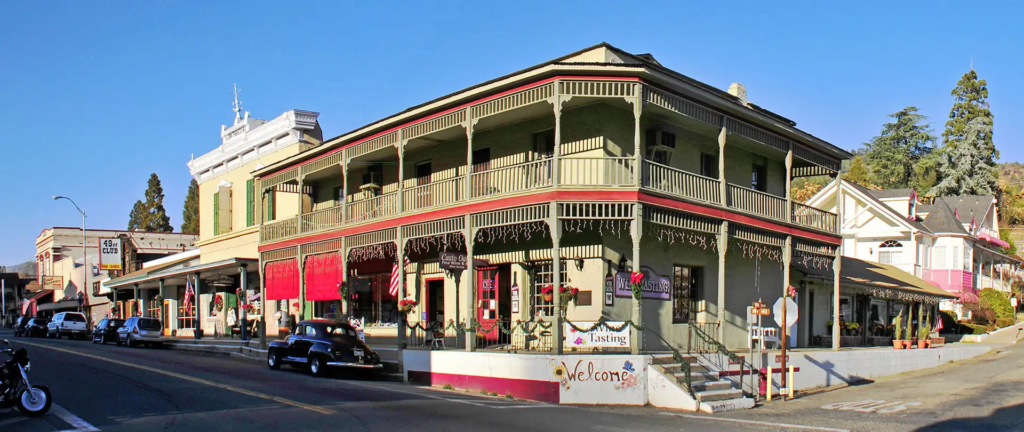
COMING & GOING
Yosemite is just a scenic half-day drive from the San Francisco Bay Area and greater Los Angeles with many modes of transportation on offer. Most travellers to Yosemite Mariposa County arrive on one of three California state highways: Highway 41 from the south, and Highways 120 and 140 from the northeast.
Fresno International Airport (FAT) is the closest to Yosemite; additional California international gateway airports are less than a half day’s drive away. Amtrak, America’s national rail system, also serves Yosemite from most major California cities. Finally, the Park region offers an excellent network of public transportation: YARTS to the Park, and the Yosemite Shuttles once you’re here.
THE ULTIMATE GUIDE FOR FIRST-TIMERS
The Yosemite Vacation Planner will get visitors started with exclusive insider tips and ideas on things to do in Yosemite Mariposa County. It can be downloaded to a digital device to keep it handy throughout a visit.
For more information on Yosemite Mariposa County, visit www.yosemite.com

